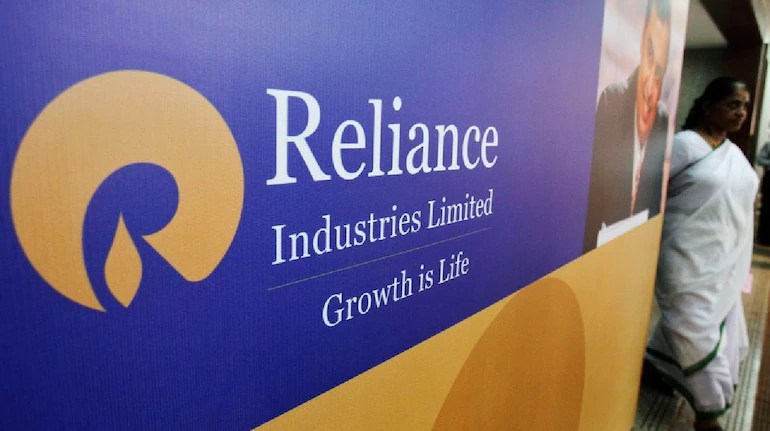New Delhi: Reliance Industries (RIL), which is owned by Mukesh Ambani, has issued a warning that future energy consumption may be hampered by low global growth, high inflation, and interest rates. The management of the oil-to-telecom firm warned in a post-results conference call on Friday that this might harm businesses in the sector.
In its crucial oil-to-chemicals (O2C) division, RIL posted a consolidated net profit of Rs 13,656 crore for the quarter ended September 30, 2022 (Q2). In comparison to the same period last year, the overall net profit remained nearly unchanged at Rs 13,680 crore, far below experts’ projections. The company’s net sales for the quarter climbed 37.3% year over year to Rs 2.3 trillion, slightly exceeding street expectations.
According to the company’s management, the bottom line of the company was impacted by unstable energy markets and the implementation of a special additional excise duty (SAED) on transportation fuels as of July 1. The Q2 earnings were impacted by Rs 4,039 crore, it was added.
“Overall GDP growth weakness, inflation, monetary policy, interest costs, all of them are definitely areas of concern,” V Srikanth, joint chief financial officer, RIL, said. “Interest rates continue to remain higher. However, the Chinese export quota will keep the markets well supplied,” he said.
In an effort to increase commerce, China increased refined petroleum exports last week to 15 million tonnes. 13.25 million tonnes of refined goods and 1.75 million tonnes of low-sulfur marine fuel were included in the quota. Petrol, diesel, and jet fuel are examples of refined goods.
RIL’s O2C business accounts for close to 60% of its revenue and close to 50% of its earnings before interest, tax, depreciation, and amortisation (Ebitda). This covers petroleum retail, petrochemical production, and refining. Contrarily, according to its financial figures for the fiscal year ended March 31, 2022, retail and telecom account for 34% of revenue and roughly 45% of Ebitda (FY22).
Following the release of its second quarter results, RIL said in an investor presentation that it expected oil demand in the months ahead to average 99.6 million barrels per day, up 1.9% from a year ago. According to its presentation, this is still less than the 100 million barrels per day that were produced between July and September.
On the plus side, RIL noted, the EU’s sanctions against Russian goods in response to the latter’s conflict with Ukraine gave Middle Eastern and Asian refiners the chance to fill the void.
The business added that it anticipated middle distillate cracks to stay steady due to anticipated high gas costs in the European Union and the region’s impending winter season’s strong demand.
For those who are unaware, petroleum products obtained during the distillation of crude oil while boiling at a temperature between 180° and 360°C are referred to as middle distillate. Due to the fact that during the multi-stage thermal separation process, the products are extracted from the distillation tower at mid-height, they are also known as middle distillates.
Although price volatility in Q2 had an impact on demand for downstream petrochemicals, RIL predicted that prices would eventually stabilise.













